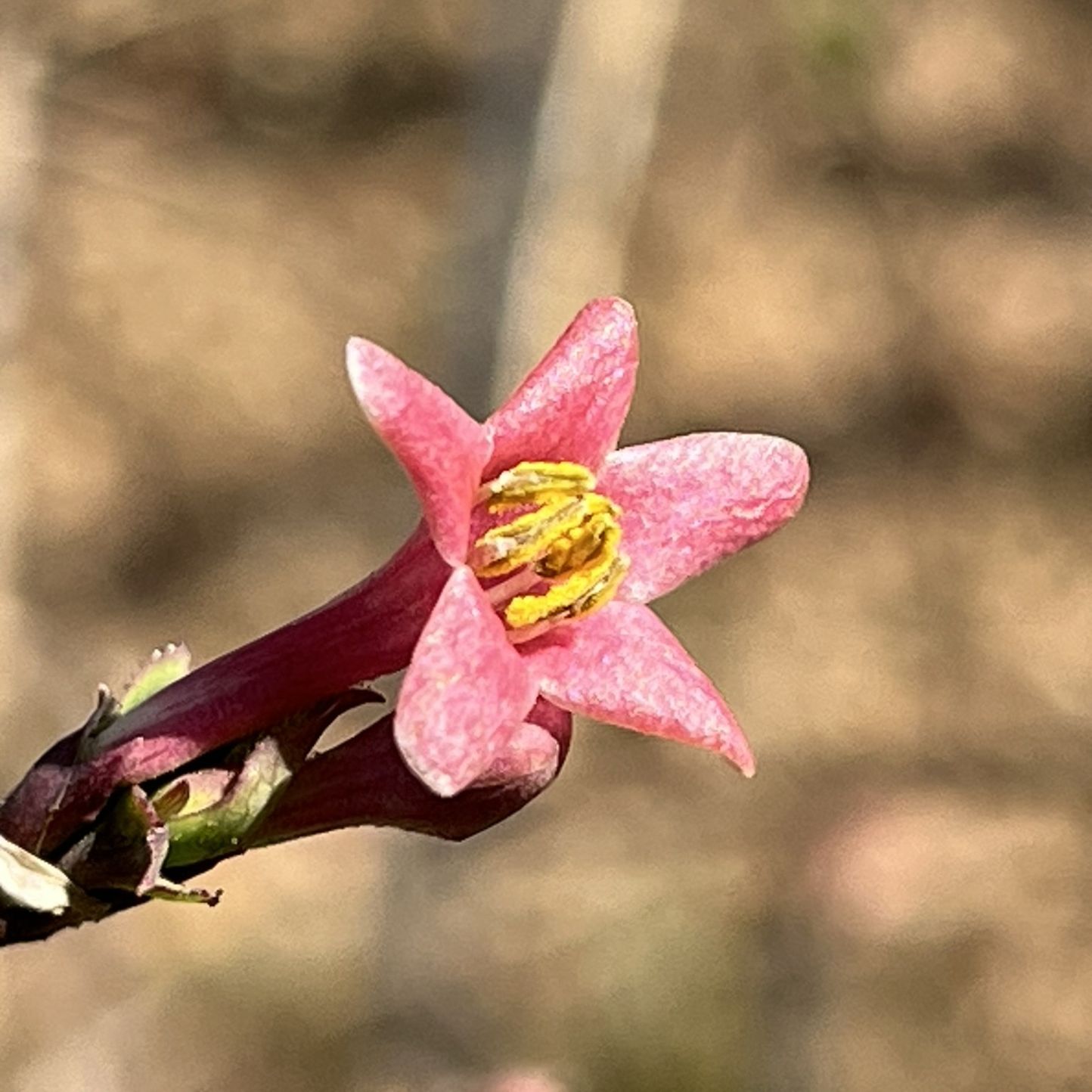ウグイスカグラの和名は「鶯」が春の訪れを告げる鳥、「神楽」が神様に捧げられる歌舞。由来は諸説あるものの、美しく雅やかな名前です。
The Japanese name of Lonicera gracilipes is a combination of “the nightingale that announces the arrival of spring” and “songs and dances dedicated to the gods”. There are various theories about its origin, but in any case, it is a beautiful and elegant name.
【仮名】ウグイスカグラ, ウグイスノキ
【和名】鶯神楽, 鶯の木
【英名】Lonicera gracilipes
【学名】Lonicera gracilipes
【誕生】03/ 14
【開花】03, 04, 05月
【花色】Pink
ウグイスカグラ
ウグイスカグラの概要
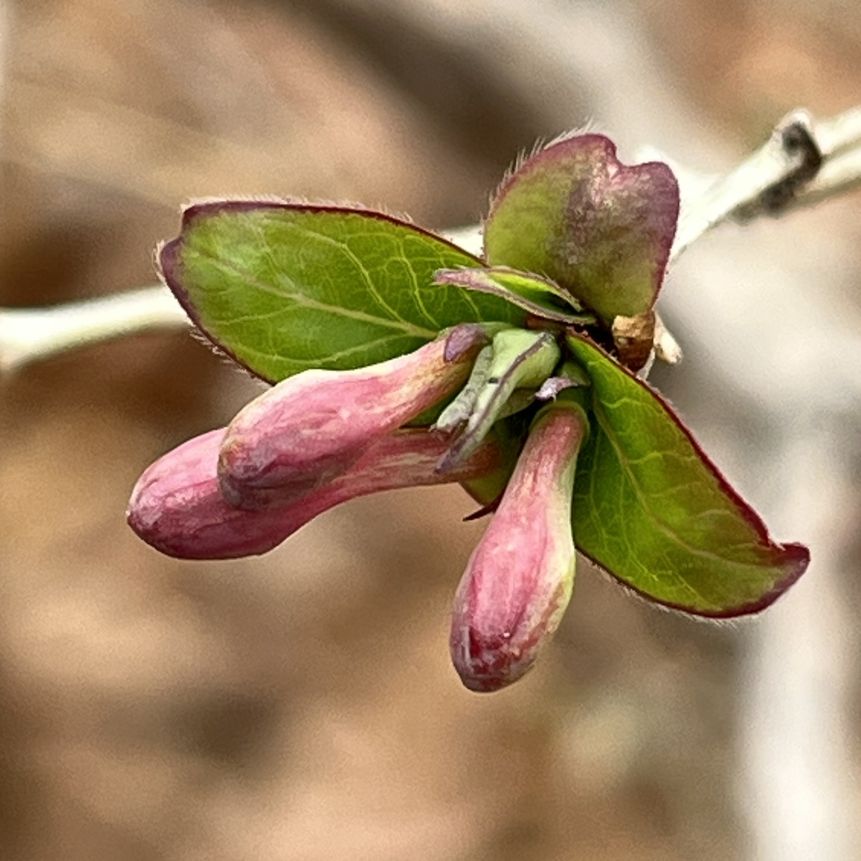
ウグイスカグラはスイカズラ科の落葉低木です。北海道南西部、本州、四国、九州に分布。山野の林縁などで自生し、庭にも植えられます。花も実も小さく疎らですが、1つ1つは愛らしいお菓子のよう。春に星のような形の桃色の花を咲かせ、夏に透明感のある赤色の実を着けます。
ウグイスカグラの名前
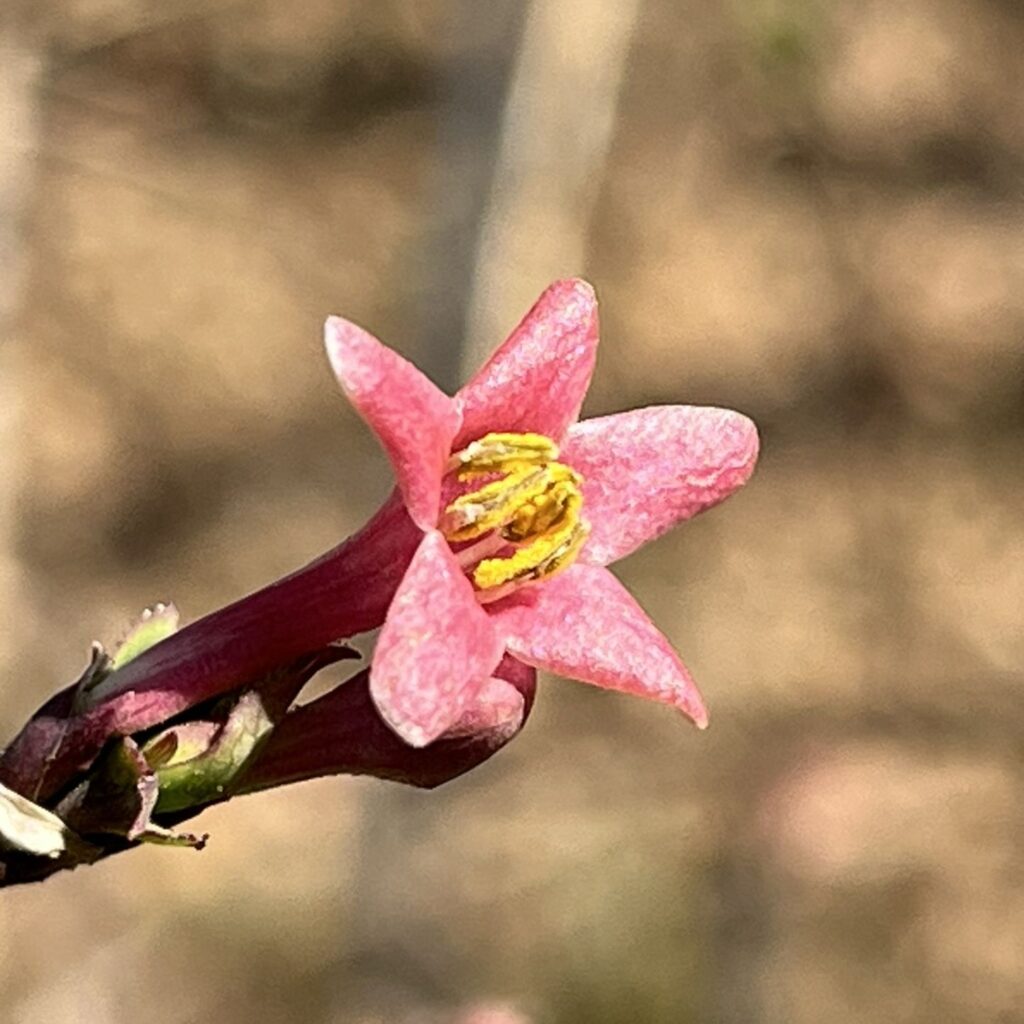
ウグイスカグラの和名は「鶯」が春の訪れを告げる鳥、「神楽」が神様に捧げられる歌舞。由来は諸説あるものの、美しく雅やかな名前です。ラテン語の属名ロニセラは16世紀のドイツ人で植物採集家のアダム・ロニチェルに由来。種小名グラキリペスは「細長い柄」という意味です。
ウグイスカグラの姿形
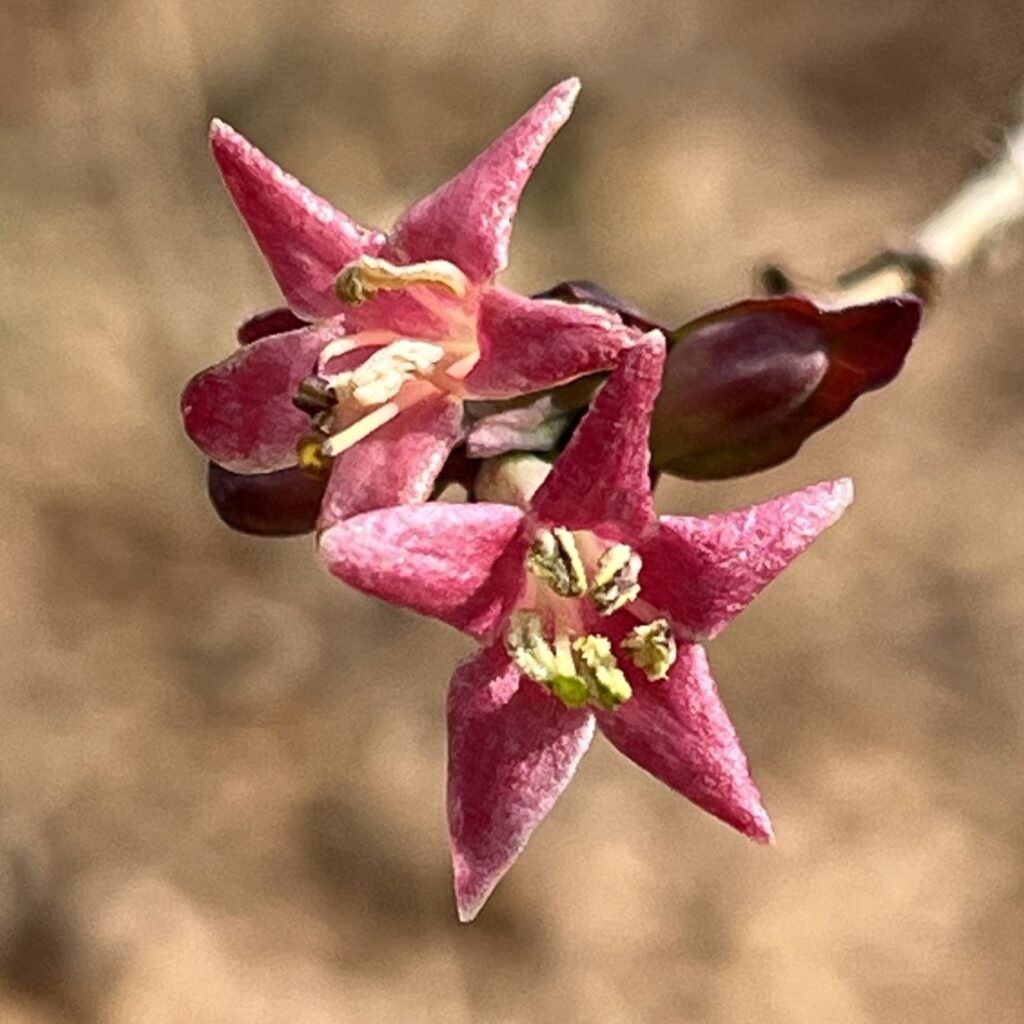
ウグイスカグラの幹は灰色、枝は褐色。樹皮は縦に裂けて剥がれます。葉は楕円形で対生し、表が濃緑色、裏が緑白色。花は小さな漏斗型で下を向いて咲きます。花被は落ち着いた桃色で5裂、雄しべは葯が鮮やかな黄色で5本。長球形の液果は赤色に熟すと甘くなって食べられます。
ウグイスカグラの近縁
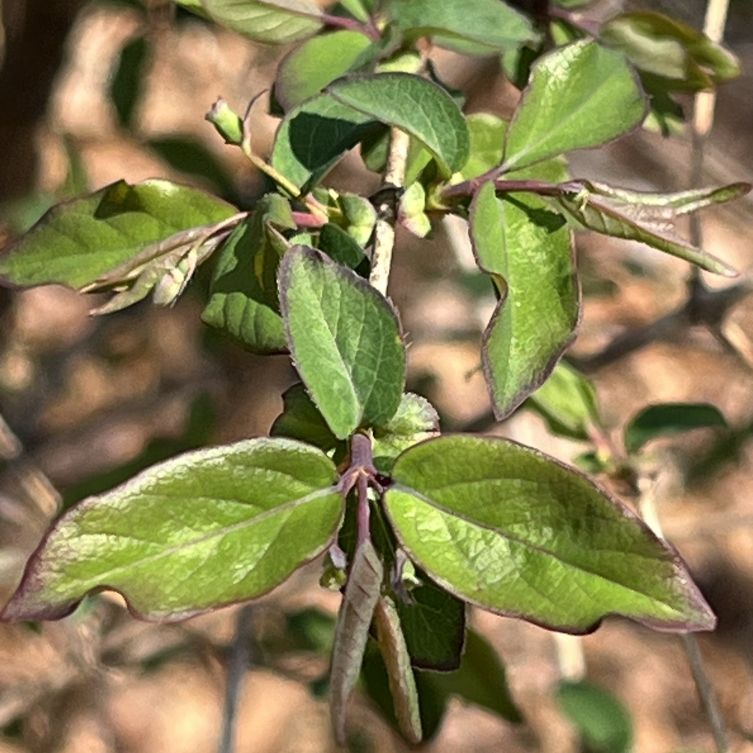
ウグイスカグラの近縁種「吸葛」は茎葉が生薬として利尿、健胃、解熱などに用いられます。「黒実鶯神楽」は果実の酸味が強く、ジャムなどに加工。ハスカップとも呼ばれます。一方、「金銀木」は赤色の果実が美しいものの有毒。誤食によって嘔吐、下痢、痙攣、昏睡が生じます。
Lonicera gracilipes
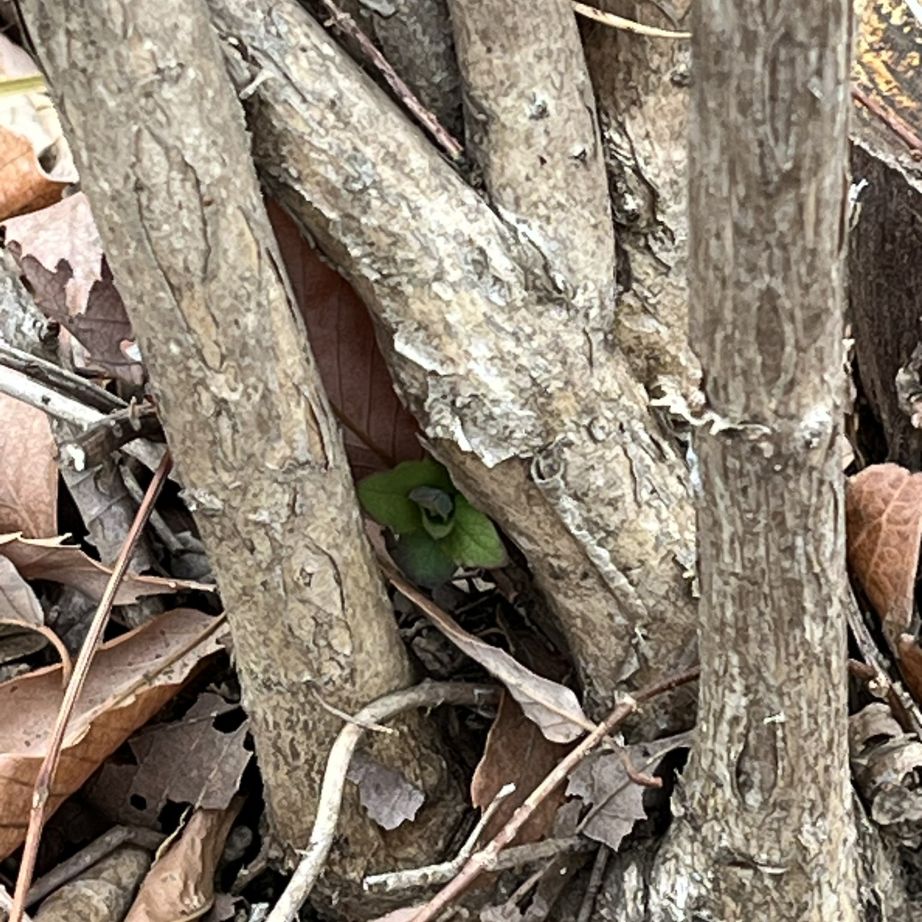
Lonicera gracilipes is a deciduous shrub of the Caprifoliaceae family. It is distributed in southwestern Hokkaido, Honshu, Shikoku, and Kyushu. It grows wild on the forest edges of mountains and fields, and can also be planted in gardens. The flowers and fruits are small and sparse, but each one looks like a lovely candy. It blooms with star-shaped pink flowers in spring and bears transparent red fruits in summer.
The Japanese name of Lonicera gracilipes is a combination of “the nightingale that announces the arrival of spring” and “songs and dances dedicated to the gods”. There are various theories about its origin, but in any case, it is a beautiful and elegant name. The Latin genus name Lonicera comes from Adam Lonicer, a 16th century German plant collector. The specific name gracilipes means “long, slender stalk.”
The trunks of Lonicera gracilipes are gray and the branches are brown. The bark splits vertically and peels off. The leaves are elliptical, opposite, dark green on top and greenish-white on the underside. The flowers are small, funnel-shaped, and bloom downward. The perianth is a muted pink with five lobes, and the stamens have five bright yellow anthers. The oblong berries turn red and become sweet when ripe and can be eaten.
The stems and leaves of the closely related species of Lonicera gracilipes, “japonica,” are used as a herbal medicine for diuretics, stomachicity, and fever reduction. “caerulea” has a very sour taste and is processed into jams and other products. It is also called haskap. “morrowii,” on the other hand, has beautiful red fruits but is poisonous. Ingestion can cause vomiting, diarrhea, convulsions, and coma.

